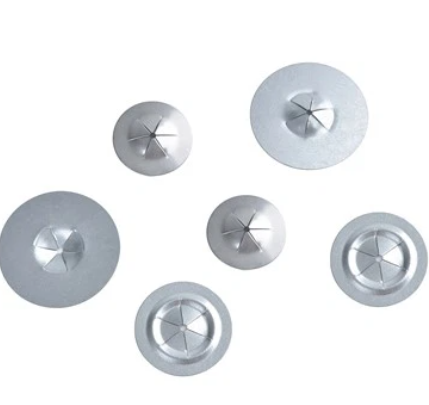Installation of Hog Rings
Author: admin Date: 2024-08-09 16:43:19 Category: INDUSTRY NEWS
Proper installation of Hog Rings is crucial for achieving a secure connection. The following are detailed installation steps and precautions.
Preparation before installation:
Choose the appropriate installation tool: Based on the size and material of the Hog Rings, select a specialized installation tool that matches them, such as a pneumatic or manual Hog Ring gun.

Prepare the connected materials: Ensure that the connected materials are aligned, flat, and placed according to the design requirements.
Safety protection: Wear appropriate protective gloves and goggles to prevent injury during installation.
Installation steps:
Positioning: Determine the location where the Hog Rings need to be installed and secure the connected material with markers or fixtures to prevent movement during installation.
Insert Hog Rings: Align the open end of the Hog Rings with the clamp of the installation tool to ensure proper placement.
Installation operation: Use installation tools and apply appropriate pressure to allow the Hog Rings to penetrate and bite the connected material. Pay attention to controlling the force to avoid material damage caused by excessive compression.
Inspection: After installation, check whether the Hog Rings are completely closed, whether the bite is firm, and whether the connected materials are damaged.
Precautions after installation:
Quality inspection: After completing the installation of a batch of Hog Rings, a sampling inspection is conducted to test the firmness of the connections. If there are loose or unqualified connections, they should be repaired or reinstalled in a timely manner.
Tool maintenance: Installation tools should be cleaned and maintained after use to ensure their performance and service life.
Storage: Unused Hog Rings should be stored in a dry, ventilated place to avoid moisture and rust.